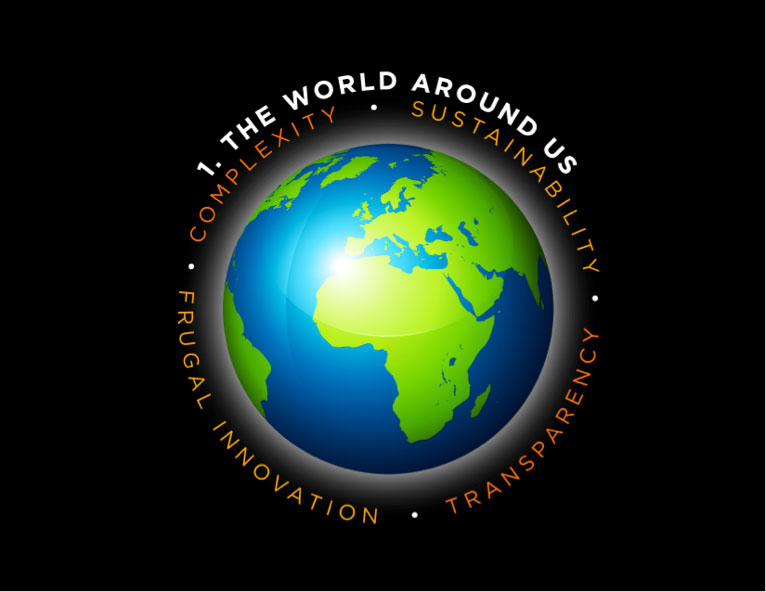February 29, 2012 Vol. 5, Issue 2
In order to beat the all-time Jeopardy! champions with a computer, IBM took a flexible, creative approach to project management.
Seven years after the success of Deep Blue’s defeat of chess grandmaster Gary Kasparov, IBM Research was looking for a new challenge. The team took on the challenge of creating a computer that could compete in the game show Jeopardy!— an idea that was initially considered a foolish risk. Jim de Piante was appointed project manager for Watson, the new machine named after IBM’s founder. “Researchers have dreams. I help them realize dreams. That’s what project managers do,” de Piante said.
In order to meet the January 14, 2011 deadline for Watson’s appearance on Jeopardy!, IBM’s team had a lot to accomplish. At the beginning of the project, the best computer question-and-answer system took two hours to answer a simple, straightforward question while achieving an accuracy rate of just 33 percent. IBM would need to develop a system that could answer a question in 3 seconds with 90 percent accuracy. On Jeopardy! the questions wouldn’t be simple, the competition would be the best of the best, and the test would take place live on television.
“This was not what we did normally. We had to make creative use of PM techniques,” said Jim de Piante. Some of the top challenges included:
- Technology – No one knew if current state of the art technology was sufficient.
- Perception – Fears of a HAL-like artificial intelligence had to be managed.
- Cultural Differences – Sony pictures wanted maximum flexibility, while IBM needed things planned out in advance.
- Communication – Understanding the language used in a variety of disciplines and cultures (e.g., intellectual property law, procurement, Hollywood, IBM research, and marketing) was critical to making Watson a success.
The end product included a cluster of 90 servers housed inside refrigerator-sized racks, weighing in at 18,000 pounds and requiring 40 tons of air conditioning to keep it cool. After 55 sparring matches, de Piante said, “Statistically, Watson was a contender. Watson could win, but it wasn’t clear Watson would win. Watson could also lose.”
Watson did win, but the journey didn’t end there. A requirement for the Watson project was for the technology to be commercialized. “Watson begins by reading, analyzing, and storing a huge amount of natural language text. In the process of analyzing that text, that information creates new information…and stores that,” explained de Piante. “With the information and the meta-information stored away, Watson is ready to answer questions.”
Future plans for Watson will apply its capabilities to large fields of study and practice like healthcare, law, and even space to produce precise, needle-in-haystack answers. “In just a little over a year, we’ll go from the research lab to beginning testing for real commercial application,” said de Piante.






